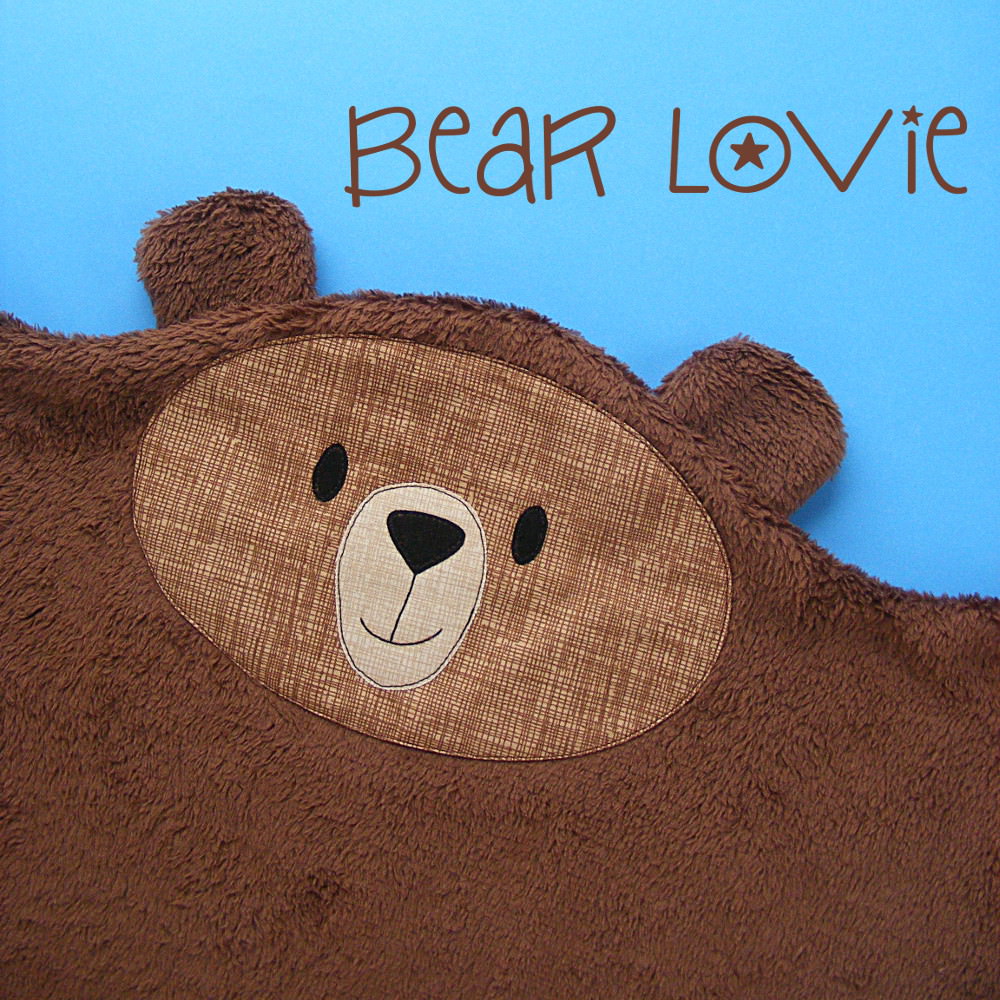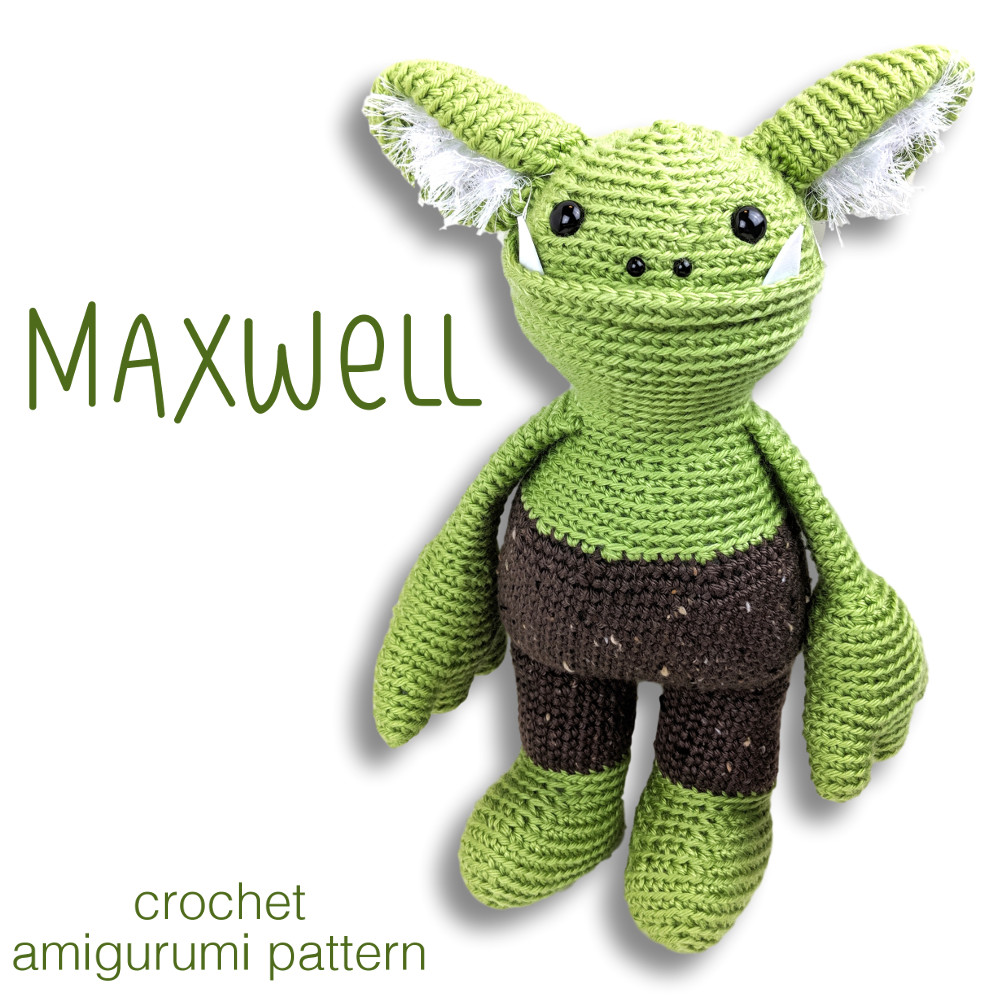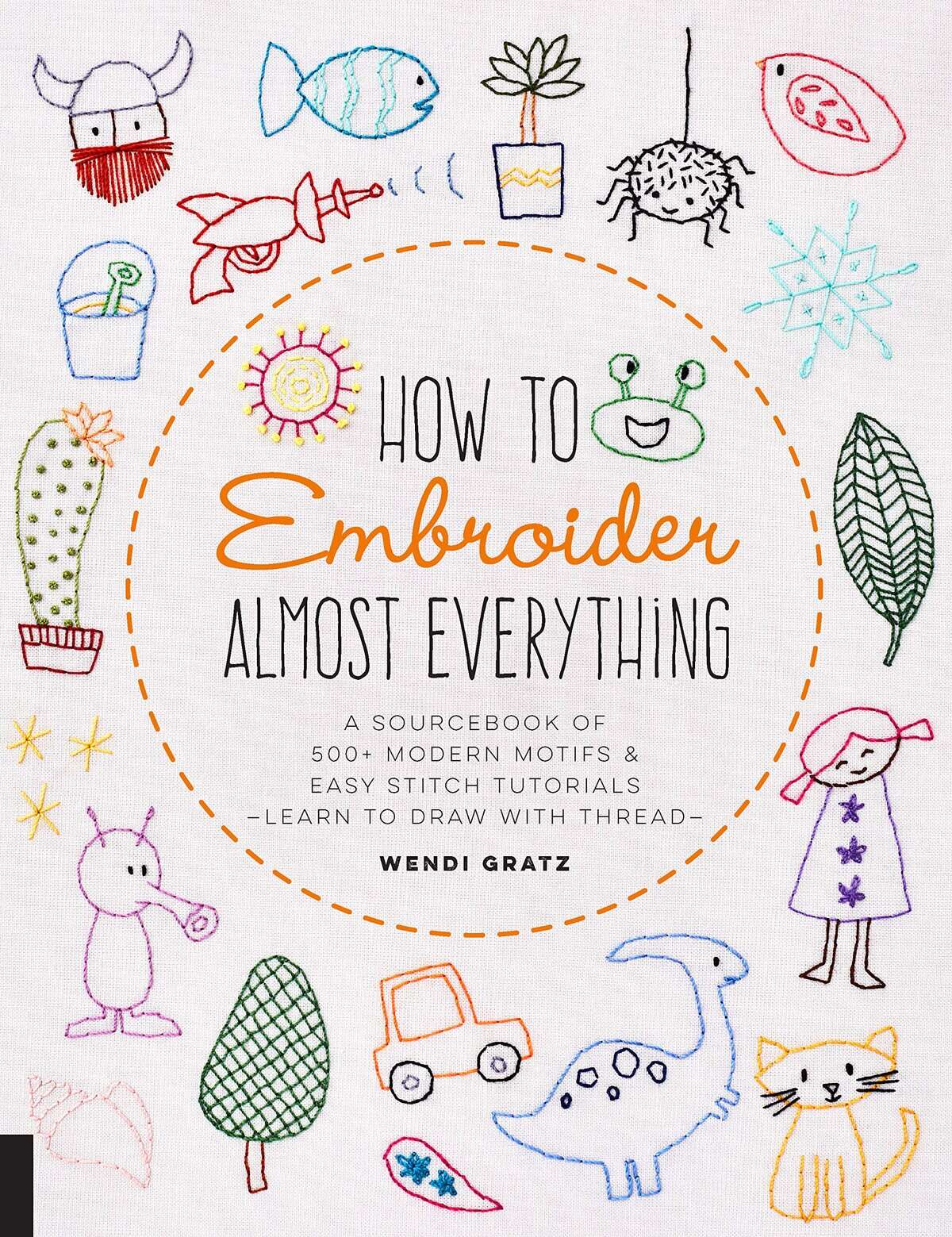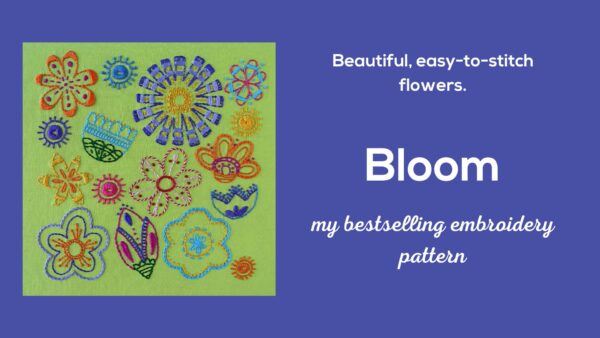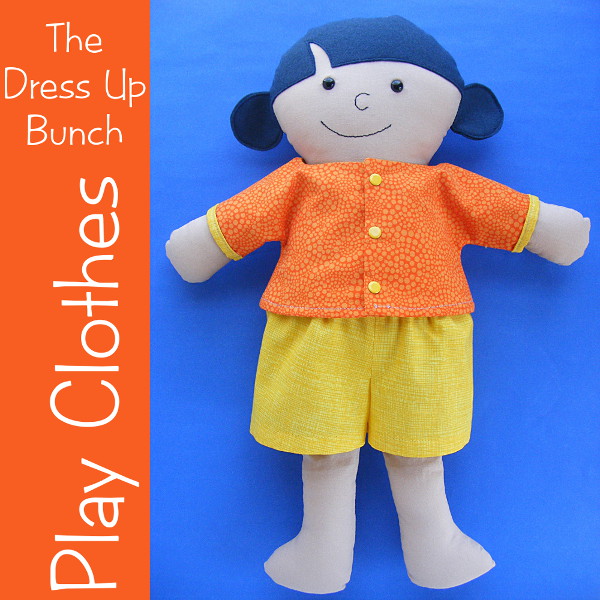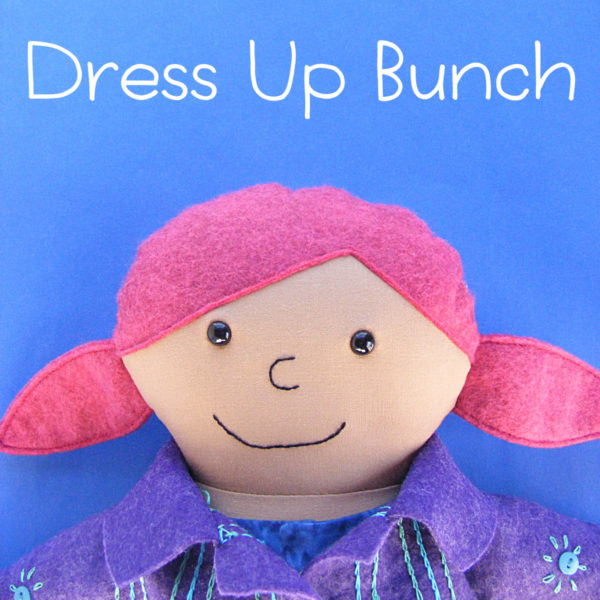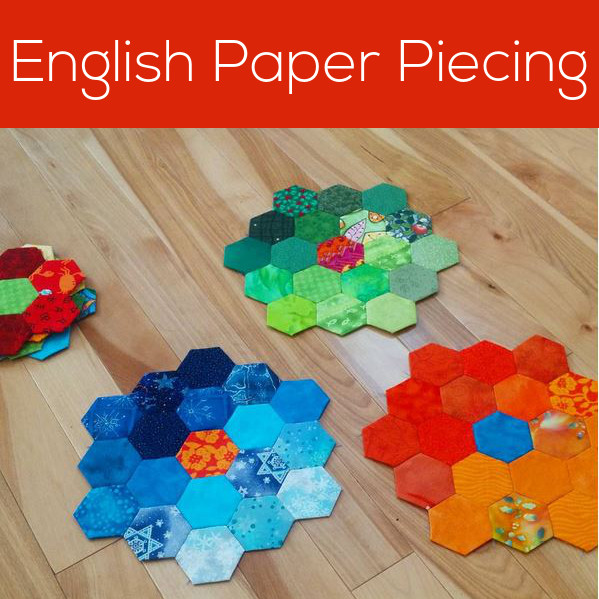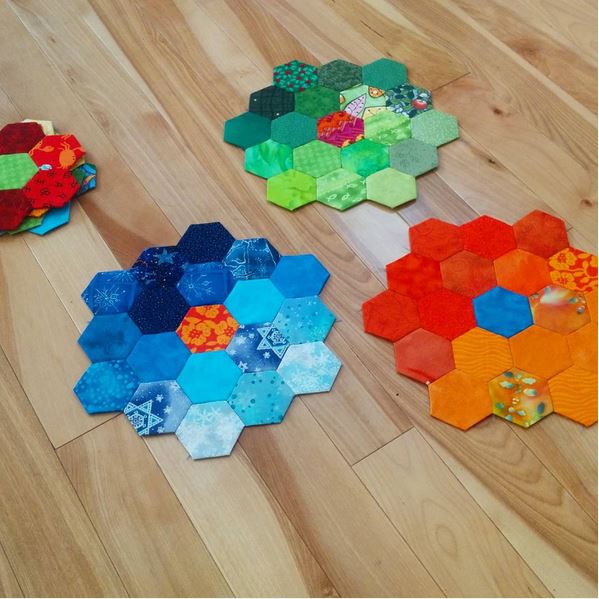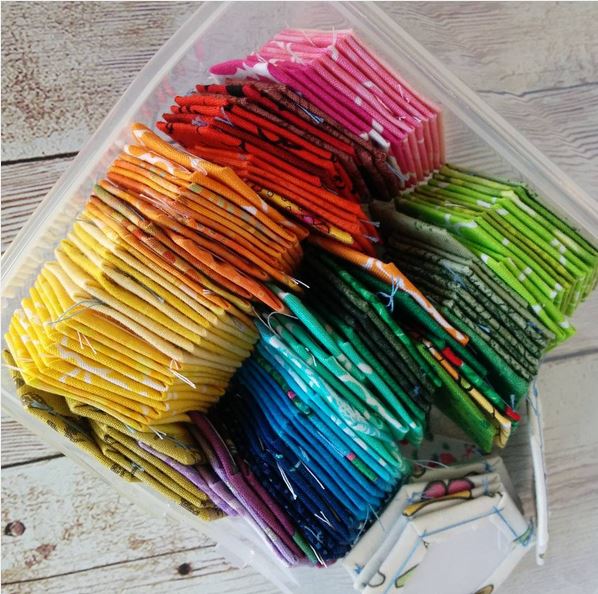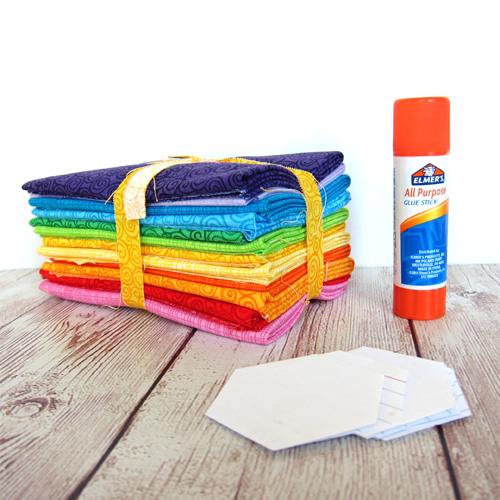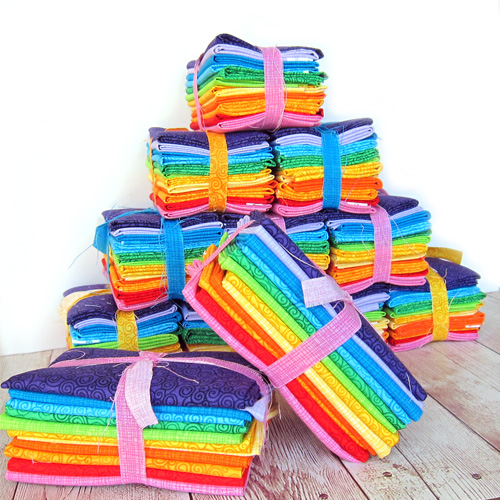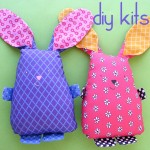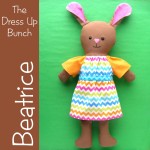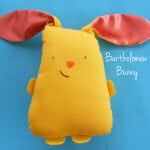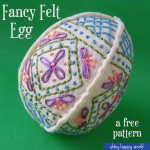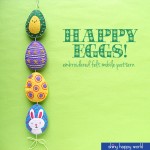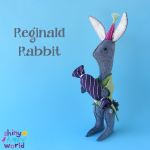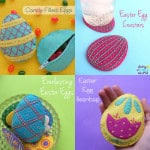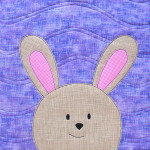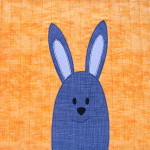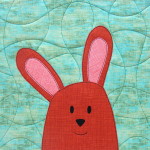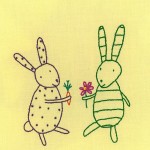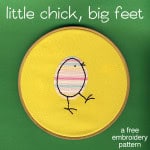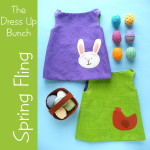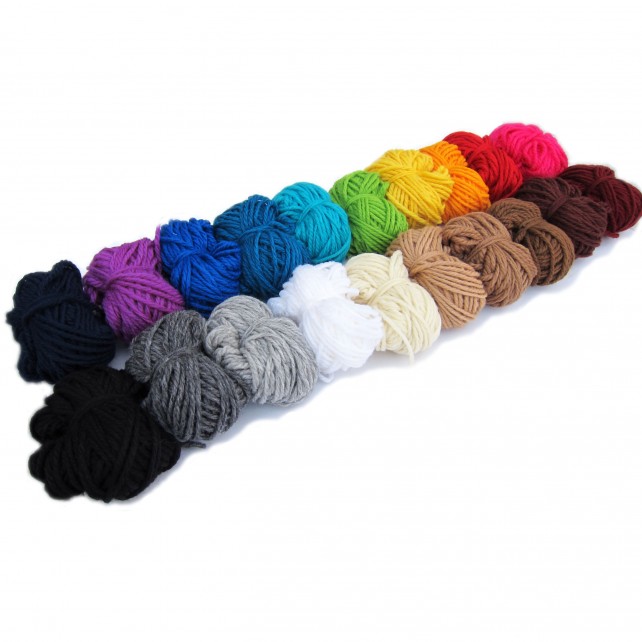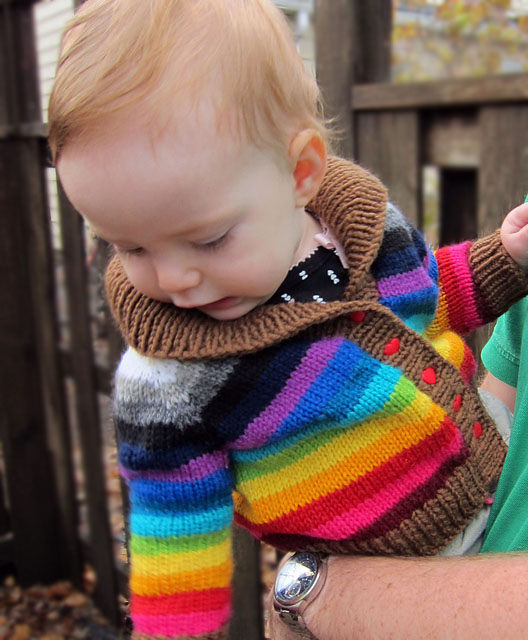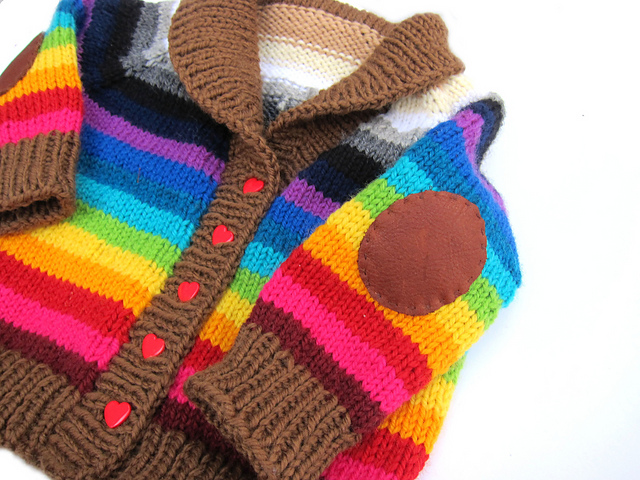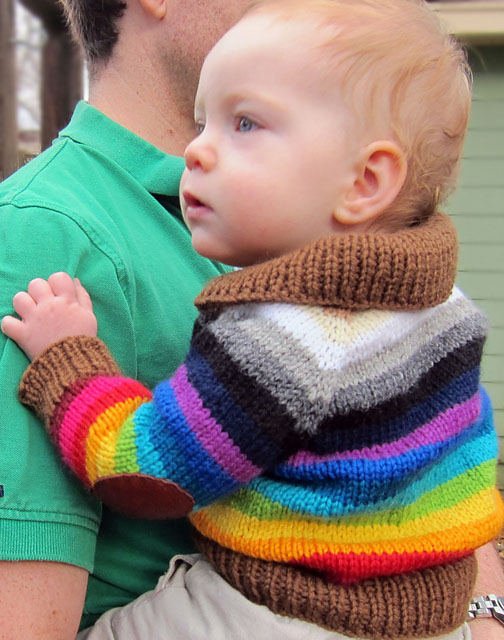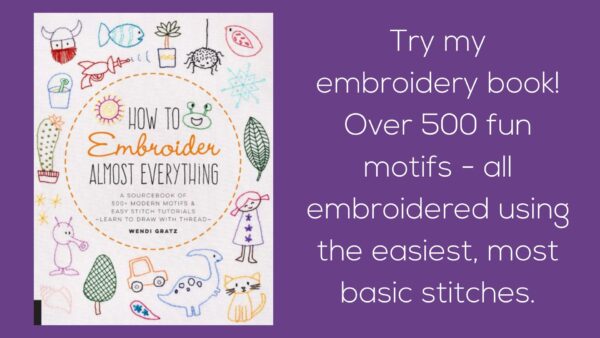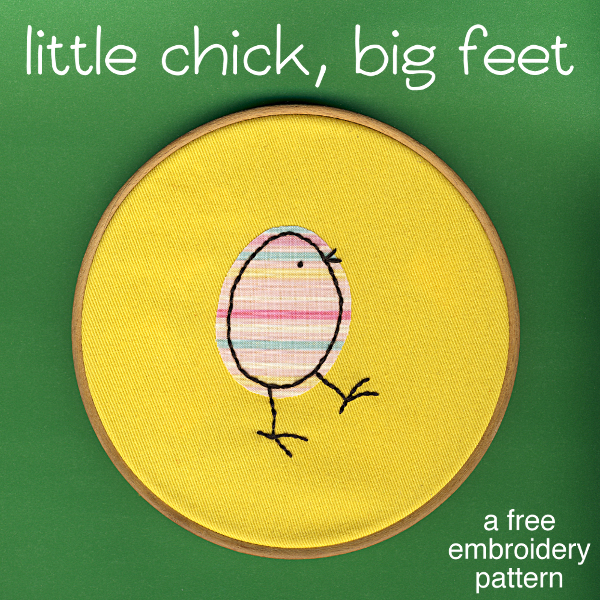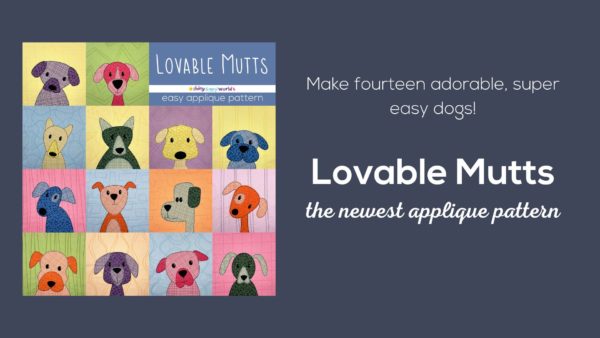Looking for some easy and fun Easter craft ideas?
You (yes, you!) can stitch up a lovely felt egg just like this one. What do you need? Some felt. Preferably wool felt. It’s dreamy to stitch on and you can find it in hundreds of gorgeous colors.
You’ll need embroidery thread. Use any colors you like – either an assortment of colors like the sample above, or one color for a very simple, classic egg.
You’ll need a needle. I stitched my sample with three strands of thread – for that I recommend a #5 or a #8 embroidery needle.
You’ll need the pattern – of course. Download that here. It’s full-sized, so no enlarging needed.
You’ll need a bit of stuffing. A handful of cotton balls will do the trick.
Finally, there are a couple of optional items that I strongly recommend to make your stitchy life better. Sulky Sticky Fabri-solvy is fantastic for transferring patterns to felt (as you’ll see below) and Thread Heaven just makes your thread behave really nicely.
You can find a list of my favorite tools and supplies (with links to sources) here.
Do you have questions about working with felt? I answer a bunch of common questions here – including info about how to transfer an embroidery pattern to felt.
Here’s how to make it. . .
Step 1
Download the pattern here. Print or trace the pattern pieces onto Sulky Sticky Fabri-solvy. (Learn more about how to use this fabulous stuff here.)
Step 2
Rough cut around each piece and stick it to the felt.
Step 3
Embroider the design. You’ll be stitching right through both the stabilizer and the felt. I used a combination of the following stitches – the links below take you to videos teaching you how to do them if you’re new to embroidery.
I used three strands of thread for all my stitching. It’s all white thread on Norwegian blue felt. The top sample used straw felt.
Repeat for all four wedge shapes.
Step 4
After you’re done with all the embroidery, cut the four pieces out neatly on the outline.
Step 5
Soak off the stabilizer. This is the magical part! Drop the pieces face down in a bowl of cold water and let them sit there for about an hour. The stabilizer will get all mushy and soft. Rinse it off under cold running water. If any bits are stubborn, just hit them with a kitchen sprayer and that should do the trick. Don’t rub the surface of the felt – just let the running water do its thing.
Set them flat on a towel and let them dry. Don’t wring them out, twist them, or even smoosh them. Just lay them sopping wet on a towel and let them dry.
Step 6
Place two egg pieces wrong sides together and stitch them together along one edge. I used running stitch, which leaves a nice ridge that I like along the seams of the egg. If you want a smoother finish you can use whipstitch instead.
Repeat for the second pair of pieces.
It’s easy to mix up the ends – one is a little pointer than the other and has a bit more lattice. Make sure you put matching ends together.
Step 7
Put your pairs together (make sure the matching ends are together) and sew the last two seams. Leave a couple of inches of the last seam open for stuffing.
It will be easiest to sew your egg together if you let it collapse into a deflated football kind of shape.
Step 8
Stuff your egg and finish sewing up the opening.
You can totally make this!
Looking for more Easter craft ideas? Click here for all kinds of Easter crafts – sewing, quilting, crochet and embroidery. 🙂
If you like this free pattern, sign up for the Shiny Happy News! Subscribers get a weekly newsletter full of sewing tips and tricks, free patterns, special discounts, and other things to make you smile. 🙂
Happy stitching!



